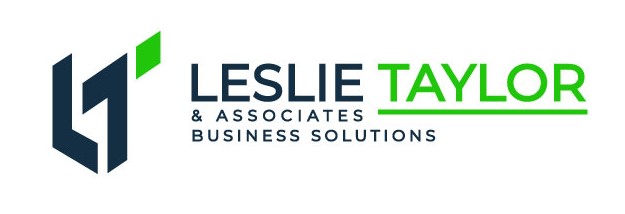As an entrepreneur you have probably heard the words grow and scale used interchangeably. However, they are not the same thing and understanding the difference is critical for business owners who don’t want to work harder to achieve the same results and are serious about the long-term success of their businesses.
As a child growing up in St. Louis, I attended the annual Annie Malone Parade. I haven’t attended the parade in years, but my favorite parts of the parade were the marching bands, drill teams, and the dancers. You couldn’t help but dance!
The annual parade, which has gone on since the early 1900s is a huge event for the African American community in St. Louis that raises funds for the Annie Malone Children and Family Services.
Who was Annie Turnbo Malone you ask?
Annie Turbo Turnbo Malone was a chemist and entrepreneur who pioneered the black hair-care industry (now a multi-billion-dollar industry) around the turn of the twentieth century. She was one of the first black millionaires. Her empire included a manufacturing plant, global distribution of products (hair and cosmetics), employing a team of thousands of sales representatives to sell those products, and providing training and advancement opportunities for African American women and men through her cosmetology school and training centers (32 national branches.)
Annie Malone didn’t just grow her business, she scaled her business.
What exactly does it mean to “scale a business?”
First, let’s discuss what it means to grow a business.
“Growth means adding revenue at the same pace you are adding resources.”
When you add revenue at the exact same rate that you are adding resources (expenses—people, time, equipment, etc.) you are basically working harder without moving forward. Your revenue increased, but you have generated the same amount of money at the end of the day. Sometimes, if businesses aren’t watching closely, revenues increase at a slower pace than the addition of resources and they become less profitable.
What does this look like in practice? It looks like a service-based business bringing in $100,000 in new business in a given year, then during that same year hiring a virtual assistant, a business manager, and an associate (to help take up the slack and help provide the service). The salaries and compensation total $100,000. At the end of the day, the business grew, but from a profitability standpoint, they are no better off.
From the owner’s standpoint, they might have more bandwidth to generate more sales, but until they do generate more sales, they grow with no financial benefit.
If you are reading this blog, I am sure you want the financial benefits, so let’s talk about what it means to scale a business.
“Scaling means adding revenue at a much greater rate than costs.”
Both instances involve revenue growth. Revenue is the engine that allows the business to be in business and function. However, scaling requires control over your operations so you can grow more profitably and do so with less effort. Who wouldn’t want to work less and make more money?
How does a business go about adding revenue at a greater rate than resources (costs?) How does a business scale?
The name of the game is to reduce the cost of doing business. Developing standardized processes and systems for completing work will not only reduce errors but will allow you to streamline those processes by removing unnecessary steps.
Introducing automation and technology is a great way to reduce the time it takes to complete tasks, as well as reduce the possibility of errors. One of my favorite tools for automating the financial process is a software called Hubdoc, which I have mentioned before. It makes document management so much easier. Another tool I love is Zapier, which helps connect other software tools and automate workflows.
By incorporating these practices into your business you will eventually be able to deliver the same product or service with fewer resources. Or, in other words, you will be able to deliver more with the same resources. Now you are beginning to scale!
The best way to manage your spending is to know how much you’re spending. It sounds so simple, but many business owners don’t know or track how much they are spending. Many think they can keep track in their heads. That doesn’t work. In their (maybe your) defense, it does get complicated quickly as your business grows. A business can begin to increase its number of clients dramatically, hire contractors and/or employees, allow multiple methods of payment for clients, take out loans, and purchase equipment. The record-keeping around these items requires expertise that most small business owners do not have. When these events happen, it is time to hire a professional. If you need help sorting these things out correctly, schedule a Discovery Session with me.
By getting organized and tracking how much you spend, you will be able to better control how much you spend to ensure you are on track to scale. Once this is done, one next-level strategy is to run reports with different future scenarios. For instance, “if I hire 1 person versus 2 am I still profitable?” or “How much more will I need to sell each month to ensure I can still pay them salary and benefits?”
If you need help determining which of these options is best for your business, or simply tracking and understanding what is going on in your business, we can help! As a business solutions expert, I have helped dozens of businesses untangle complex issues and clarify a path to greater profitability. Let’s schedule a Discovery Session.
Want to learn more profitable strategies for your business? Check out my free guide 5 Things You Must Do If you Want To Increase Your Profits.

